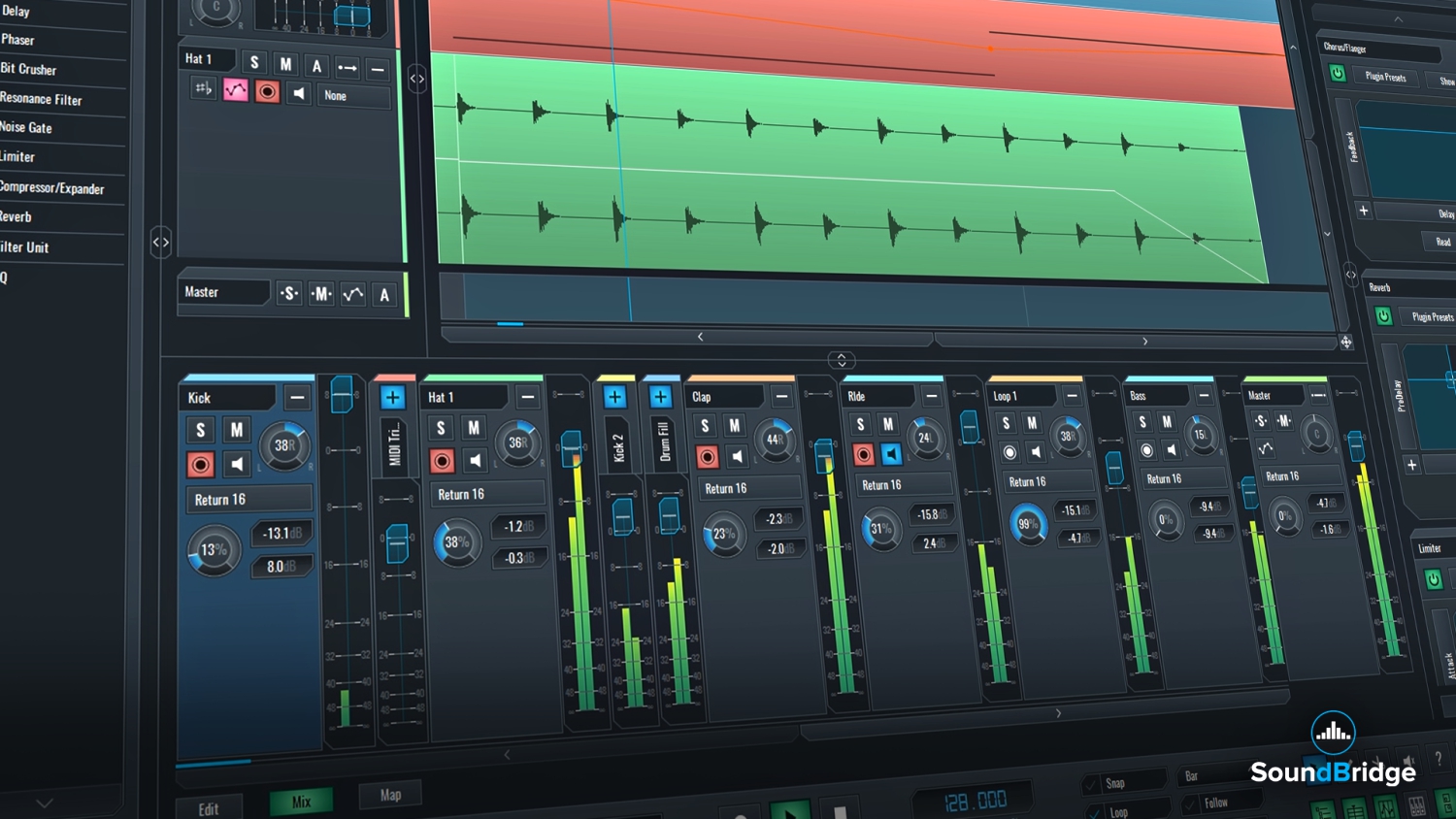Mood and Atmosphere is to make the audience show their emotions. This also helps us create tension in the film. Mood is referred to as the atmosphere as it make an emotional feeling around the characters that are in the film or book. Mood can be shown in the setting, theme and tone. This will help the director get the audience attached to a character or a couple.
Audio fade
Audio fade is an increase or decrease in the level of the audio playing. it can make it more dramatic or intense. It can also mean the same in lighting. example: https://youtu.be/287oH1PILWQ
Dialogue
Dialogue is a convocation between two or more people. It help set the mood and atmosphere. It also helps us understand whats happening in the film, TV show or advert. This is a video explaining dialogue: https://youtu.be/WpK5dXw0WzI
This is another example of dialogue from the movie To all the boys I've loved before: https://youtu.be/W8jQVlJDgK0
Voice over
A voice over is sometimes used to narrate in a film or a broadcast. It is also used documentaries when they are maybe taking about an animal, in the news when a video is playing the news presenter talks over it to explain. This happens a lot in advert and documentaries especially with David Attenborough https://youtu.be/UY3S3tO7frM
Ambient sound
Ambient sound is the background sound. This is presented in a scene or a location. This includes wind, birds, traffic, office noises and a lot more. https://youtu.be/9LfEyxl_f-U in this video it gives you examples of back ground noises you would hear in films or TV shows.
Soundbridge
 Soundbridge is when a sound edit that occurs when sound carries over a film. It connects the mood and music. This photo shows us what a sound bridge would look like, as you can see there is audio and then music playing over the top.
Soundbridge is when a sound edit that occurs when sound carries over a film. It connects the mood and music. This photo shows us what a sound bridge would look like, as you can see there is audio and then music playing over the top.Foley sounds
A Foley artist is the reproduction of everyday sound effects that get added in to the film later on. They make the load walking sounds, swords being taken out of their holders. They make a lot of the sound that you hear in films now. They can make the sound of a horse running with two coconut's hitting off each other. Here is an example of someone creating Foley Sounds: https://www.youtube.com/watch?v=OONaPcZ4EAs&feature=youtu.be
Synchronous/Asynchronous
Asynchronous is when the sound matches the action that is happening, but it's not synchronized with the action. Directors use it to create tension because the view could hear the sound and not see its source. Synchronous is when the action matches what is happening and the sound synchronizes with it.
Sound Motif
Sound motifs aim to get the audience attached to a certain character to that when something happens to that character they will be overwhelmed with emotions.
ADR
ADR is 'Automated Dialog Replacement. This is when people re-record dialogue by the original actor after filming has happened to make the audio clearer for the audience. This is an example of ADR before and after in a scene: https://youtu.be/KG4jtCram1c






